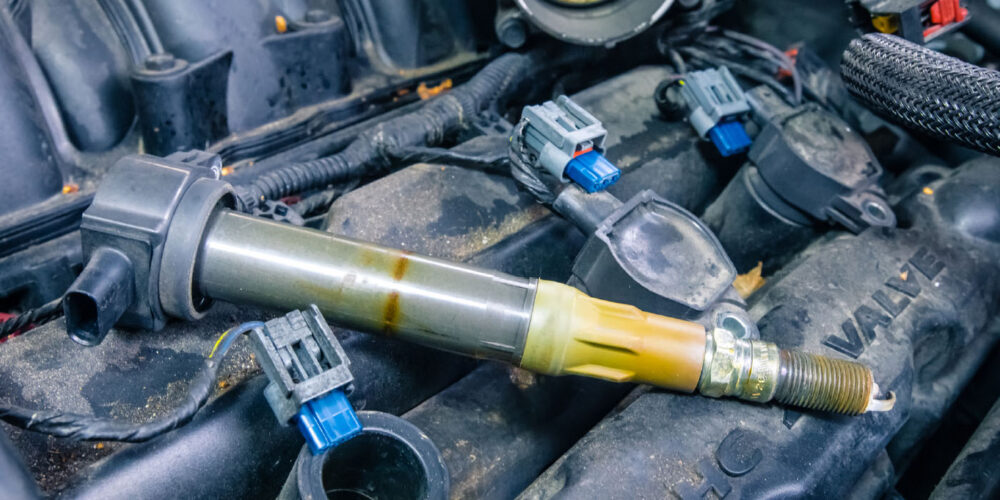Some owners of Toyota vehicles may experience a sulfur-like or rotten egg odor coming from the exhaust system. Sulfur is a natural component of crude oil from which the gasoline is refined and the amount of sulfur can be decreased through the refining process.
The amount of sulfur in fuel sold in California is regulated, however gasoline sold in other states can have substantially higher sulfur content. Sulfur content also varies considerably between gasoline brands and locations.
Applicable Vehicles
• All models.
Repair Procedure
A sulfur odor emitted from the vehicle’s tailpipe does not necessarily indicate that there is an issue with the engine’s running condition, but is most likely directly related to the fuel. If the vehicle is exhibiting an excessive sulfur odor, the following checks should be performed.
• If the MIL light is ON, check for DTCs and repair as necessary.
If no trouble is found after performing the above check, recommend the customer try a different source of fuel.
Replacement of oxygen sensors, air/fuel ratio sensors or catalytic converters will not reduce the odor and will therefore not be considered warrantable.
Technical service bulletin courtesy of Mitchell 1.
For more information on Mitchell 1 products and services, automotive professionals can log onto the company’s website at www.mitchell1.com.














